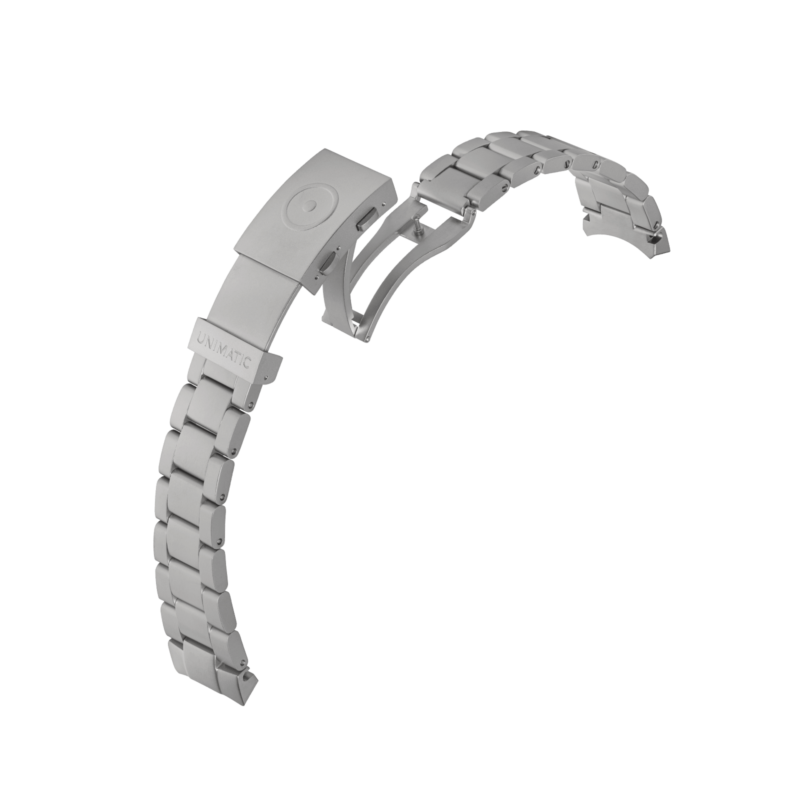Bracelets
-
 Select options This product has multiple variants. The options may be chosen on the product page
Select options This product has multiple variants. The options may be chosen on the product pageBrushed Solid Steel Bracelet
€180 EX TAX -
 Select options This product has multiple variants. The options may be chosen on the product page
Select options This product has multiple variants. The options may be chosen on the product pageSandblasted Solid Steel Bracelet
€180 EX TAX
